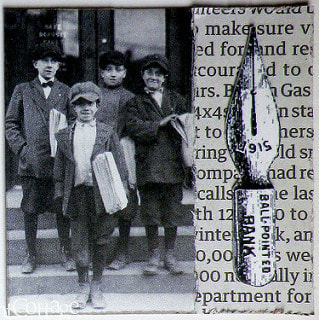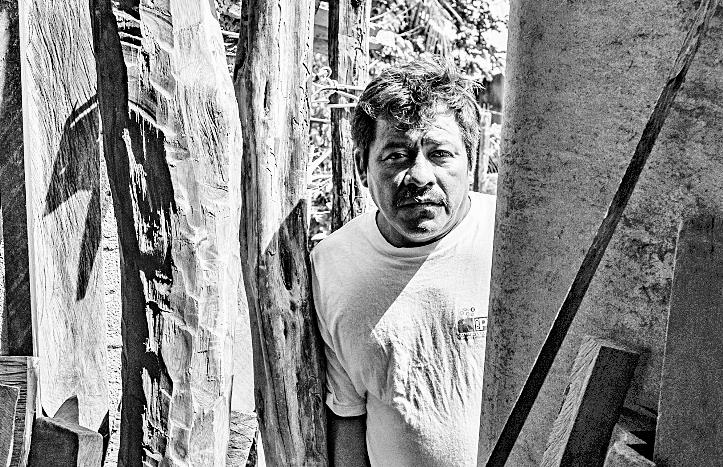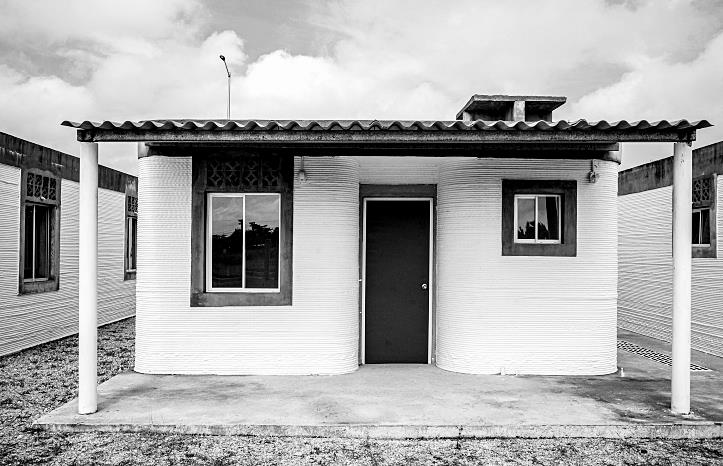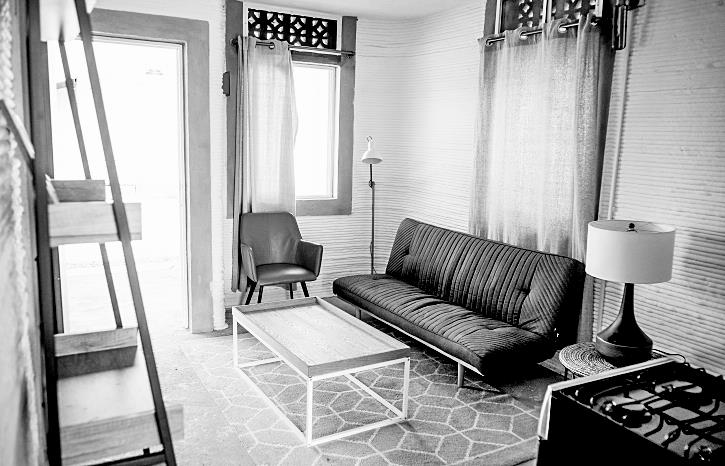Pedro Garcia Hernandez, 48, is a carpenter in the southeastern Mexican state of Tabasco, a rainforest-shrouded region where about half of the residents live in poverty.
He ekes out a living making about 2,500 pesos ($125.17) a month from a tiny workspace inside the home he shares with his wife, Patrona, and their daughter, Yareli. The home has dirt floors, and during Tabasco's long rainy season, it's prone to flooding. Dust from his construction projects coats nearly everything in the home.
But that will soon change.
In a matter of months, Hernandez and his family are moving to a new home on the outskirts of Nacajuca, Mexico: a sleek, 500-square-foot building with two bedrooms, a finished kitchen and bath, and indoor plumbing. What's most unusual about the home is that it was made with an 11-foot-tall 3-D printer.
A manufacturing process that builds objects layer by layer from a digital file, 3-D printing is set for explosive growth. Nearly any object can be printed in 3-D; in construction, it uses concrete, foam and polymers to produce full-scale buildings. Now, the era of the 3D-printed community has arrived.
Hernandez's home is one of 500 being built by New Story, a San Francisco nonprofit organization focused on providing housing solutions to communities in extreme poverty, in partnership with Eachale, a social housing production company in Mexico, and Icon, a construction technology company in Austin, Texas.
When New Story broke ground on the village in 2019, it was called the world's first community of 3D-printed homes. Two years later, 200 homes are either under construction or have been completed, 10 of which were printed on site. Plans for roads, a soccer field, a school, a market and a library are in the works.
Single-family homes are a good testing ground for the durability of 3D-printed construction because they are small and offer a repetitive design process without much height, said Henry D'Esposito, who leads construction research at JLL, a commercial real estate firm. They can also be constructed to tolerate natural disasters: Nacajuca sits in a seismic zone, and the homes there have already withstood a magnitude 7.4 earthquake.
The technology is promising . In March, Palari Homes and construction company Mighty Buildings announced a $15 million planned community of more than a dozen 3D-printed homes in Rancho Mirage, Calif. The community has a waiting list of more than 1,000.
In Nacajuca, building a home with Icon's Vulcan II printer looks much like a massive soft-serve ice cream cone: Layers of lavacrete, the company's proprietary concrete mix, are poured one after another in long swirls. The printer is controlled by a tablet or smartphone, requires as few as three workers and can complete a home in less than 24 hours.
"We know that being able to build more quickly, without sacrificing quality, is something that we have to make huge leaps on if we're going to even make a dent on the issue of housing in our lifetime," said Brett Hagler, New Story's CEO and one of four founders.
The organization was started in 2015, shortly after Hagler took a trip to Haiti and saw families still living in tents years after the 2010 earthquake there. Across the globe, 1.6 billion people live with inadequate housing, according to Habitat for Humanity.
Speed is only one factor in building a village. New Story has teamed up with local officials in Tabasco to bring sewage services, electricity and water to the community.
Eachale, which has been operating in Mexico for 24 years, helped New Story select residents for the new homes based on need. It decided to sign the titles of each home not to a whole family but to the woman of the house.
"It's to protect the family," said Francesco Piazzesi, Eachale's CEO. "A man will sell a house if they need to. A woman will do whatever she needs to do to save the house for her children and her family."
When Icon was founded, its biggest hurdle was convincing skeptics, said Jason Ballard, one of Icon's founders and its CEO.
"I had builders and developers explaining to me how it's not possible to get concrete to do that, even as I walked them up to our 3D-printed house," he said. "Now our biggest challenge is we've just got to make more printers."





 RSS Feed
RSS Feed